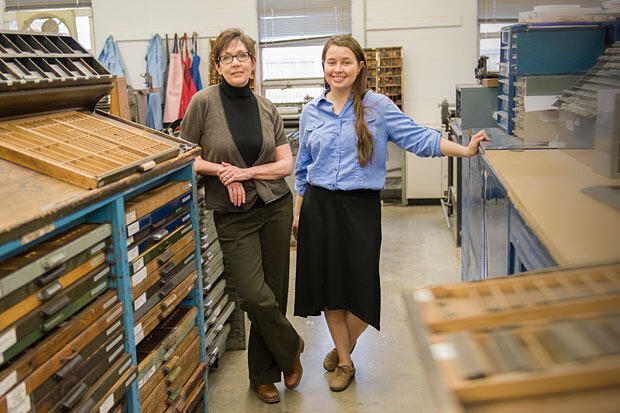
April 9, 2015
Inquiring minds: Six student projects show the wide range of undergraduate research at VCU
In honor of Research Weeks, we highlight six student projects that show the wide (and perhaps unexpected) range of undergraduate research at VCU.
Share this story
One of the world’s top research institutions, Virginia Commonwealth University boasted $262 million in sponsored research last year, and students play a crucial role in every breakthrough or discovery along the way.
VCU undergraduates are conducting research everywhere — they aren’t just in labs and classrooms. They work closely with faculty mentors in all schools and departments and have the entire city of Richmond at their disposal, allowing them to test their theories out in the real world.
This month, during the fifth annual Student Research Weeks, students will showcase their investigations into everything from basic science and medical research to politics, culture and the arts.
“You can sum up the importance of research in undergraduate education in three words: learning by doing,” said Herb Hill, director of undergraduate research opportunities at VCU. “This is active learning in a hands-on environment which, in many ways, reinforces the fundamental knowledge that students are absorbing in the classroom.”
In honor of this month’s celebration, we are featuring a handful of student-faculty pairs who have made an impact in their respective fields. From the cultural implications of adolescent fear to noninvasive treatments for chronic pain, here are some recent examples of successful student-faculty research collaborations.
A prehistoric sense of community
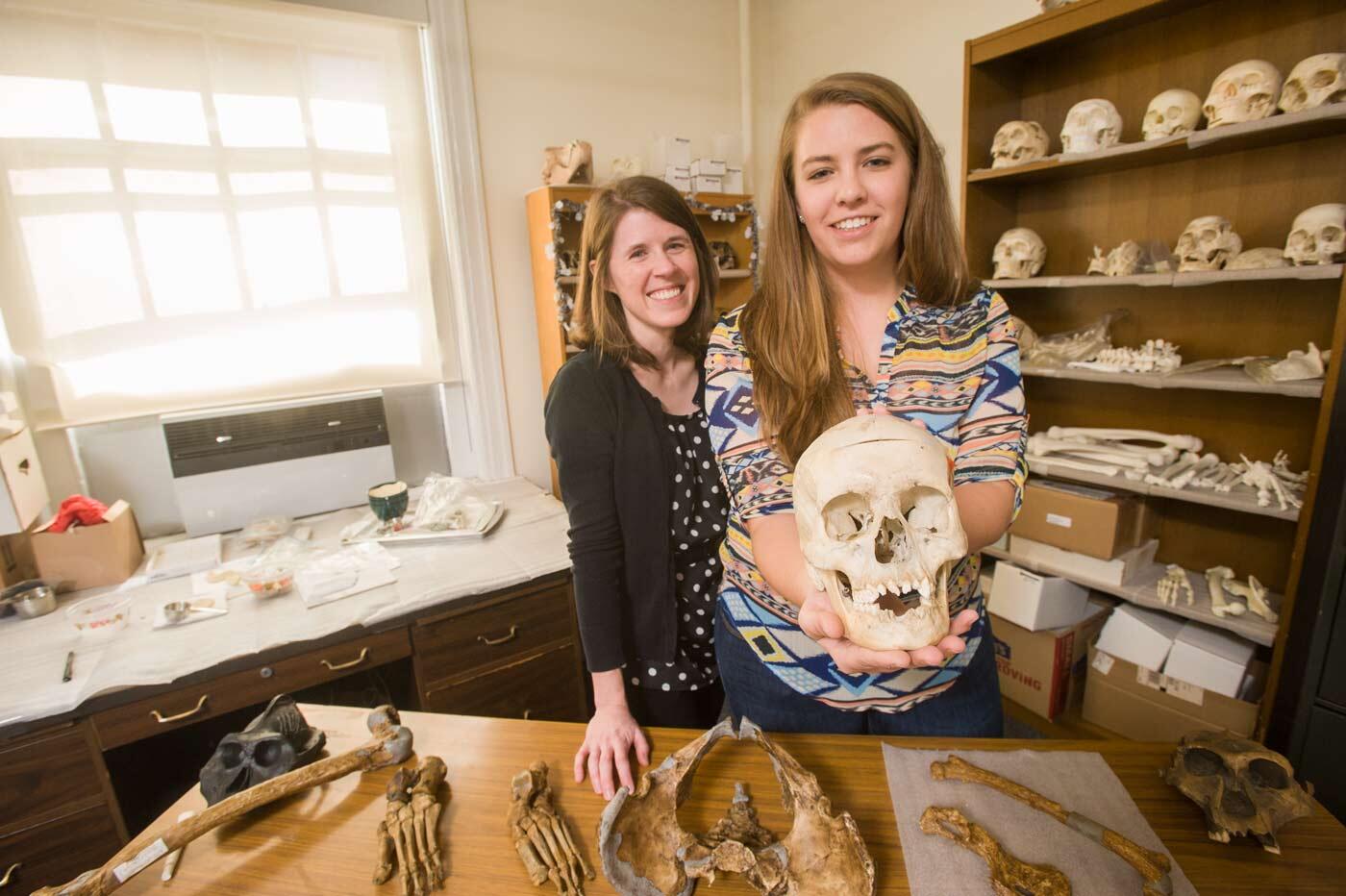
The project: “Fossil Bovidae from Cooper’s Cave and Their Significance to Paranthropus robustus” — Examining fossils from the Cooper’s Cave region of South Africa to better understand the world of P. robustus, a species of hominid that lived between 1 and 2 million years ago
The student researcher: Samantha Meacham, junior, biology major, pre-med
The faculty mentor: Amy Rector Verrelli, Ph.D., assistant professor of anthropology, School of World Studies
Samantha Meacham: This project was so awesome. I’ve wanted to go to South Africa for a really long time. I took Dr. Rector Verrelli’s Intro to Anthropology course and was exposed to ideas about evolution that I had never thought about before and saw the opportunity to learn even more. In South Africa, I examined a lot of fossils from microfauna, which are like little rodents, and bovids, which are large antelope-like animals. A lot of people don’t know that there were different species of human ancestors around at the same time. By looking at these animal fossils, we can know more about what the environment was like back then, what P. robustus may have eaten and why our direct ancestors developed a certain way and others, like P. robustus, went another way.
Amy Rector Verrelli, Ph.D.: We went to Cooper’s Cave, a site in the main area for studying evidence of our human ancestors in South Africa. It is one of many sites in the Cradle of Humankind, which is a World Heritage Site. We’re studying a super-weird looking ancestor that seemed to evolve differently than those from our direct lineage and trying to get a better sense of his community. It was a fantastic opportunity for Sam, who doesn’t really have any background in anthropology. She got a lot of practice taking fossils out of boxes, classifying sizes and matching them up to corresponding parts of skeletons. It was incredible that this fellowship allowed her to travel to the source, instead of trying to study this from a distance.
The results: There were massive amounts of specimens to go through. We are still analyzing all of our data and preparing a poster for the undergraduate research symposium on April 22. But from what we’ve seen so far, it does appear that the community of P. robustus is different. There is something unique about it, but we still have to learn more about the habitat before we can draw any definitive conclusions.
Peace, love and branding
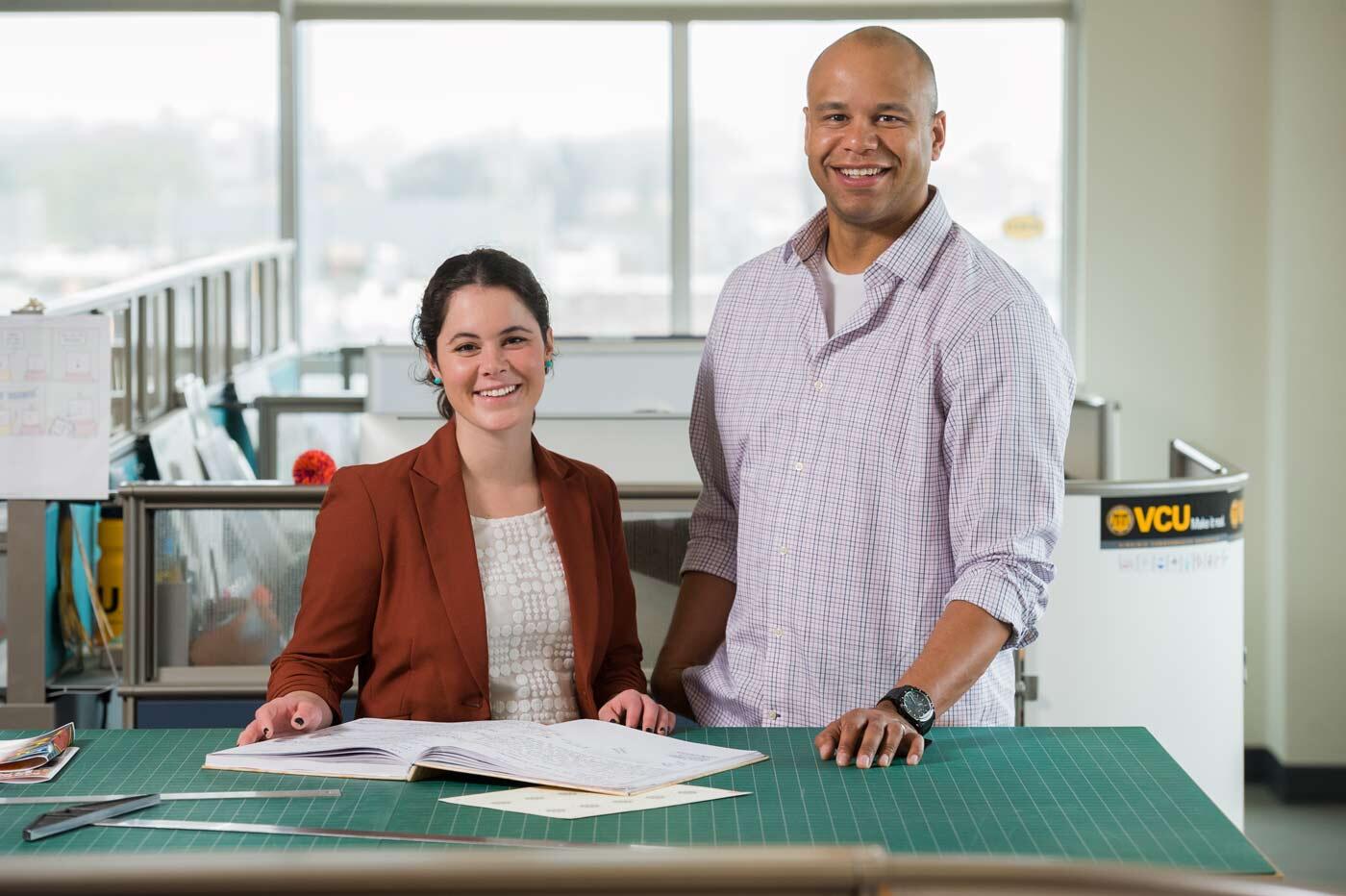
The project: “Branding and Marketing for Peace & Fluidity Designs” — A self-designed independent study syllabus for credit that simultaneously created an integrated marketing campaign for an actual client in eight weeks
The student researcher: Kelsey Cowan, senior, advertising major
The faculty mentor: Marcel Jennings, associate professor, Robertson School of Media and Culture
Kelsey Cowan: Needing one more credit to graduate coincided with my sister’s yoga company needing a complete branding and marketing strategy. I combined both needs to design my own independent study program that took me from zero to finished project in eight weeks. Everything from the initial brand audit to logo development, competitive research, market and lifestyle analysis, photo shoots, e-commerce web design and implementation, and retail networking was included in my step-by-step curriculum. I did a lot of learning as I went, but being in the advertising program at VCU really prepared me to do the work, and I think do it well.
Marcel Jennings: Having had Kelsey in two classes, I knew she had the work ethic, drive, level of finish and passion for the business required to crush this project. I wasn’t surprised when she told me what she wanted to do. I only provided creative direction, feedback and guidance — she set up the entire syllabus from start to finish on her own and completed it while also having a full class schedule. Kelsey always over-delivers, and this project is no different. I think doing a real project for a real client is critical for my students. In the classroom it’s all blue-sky theory and anything’s possible. But real assignments with budgets and deadlines give students a vital experience that, for the most part, you can’t teach. Kelsey already had a high bar, now it’s even higher.
The results: It was an amazing experience to take what I learned in the classroom and apply it to a real-world client situation, where questions of differing style, taste and perspective have to be addressed and resolved with the client — on budget, within deadlines. I developed the brand voice and made sure that there is consistency across all media, from print to web, in-store, events and social media. It definitely upped my professionalism, and I’ve ended up with a much more solid portfolio that can take me to the Brandcenter and beyond. Perhaps my client (and sister) said it best: “Kelsey will be taking Peace & Fluidity Designs to new heights, so get excited!”
Taking a bite out of bacteria
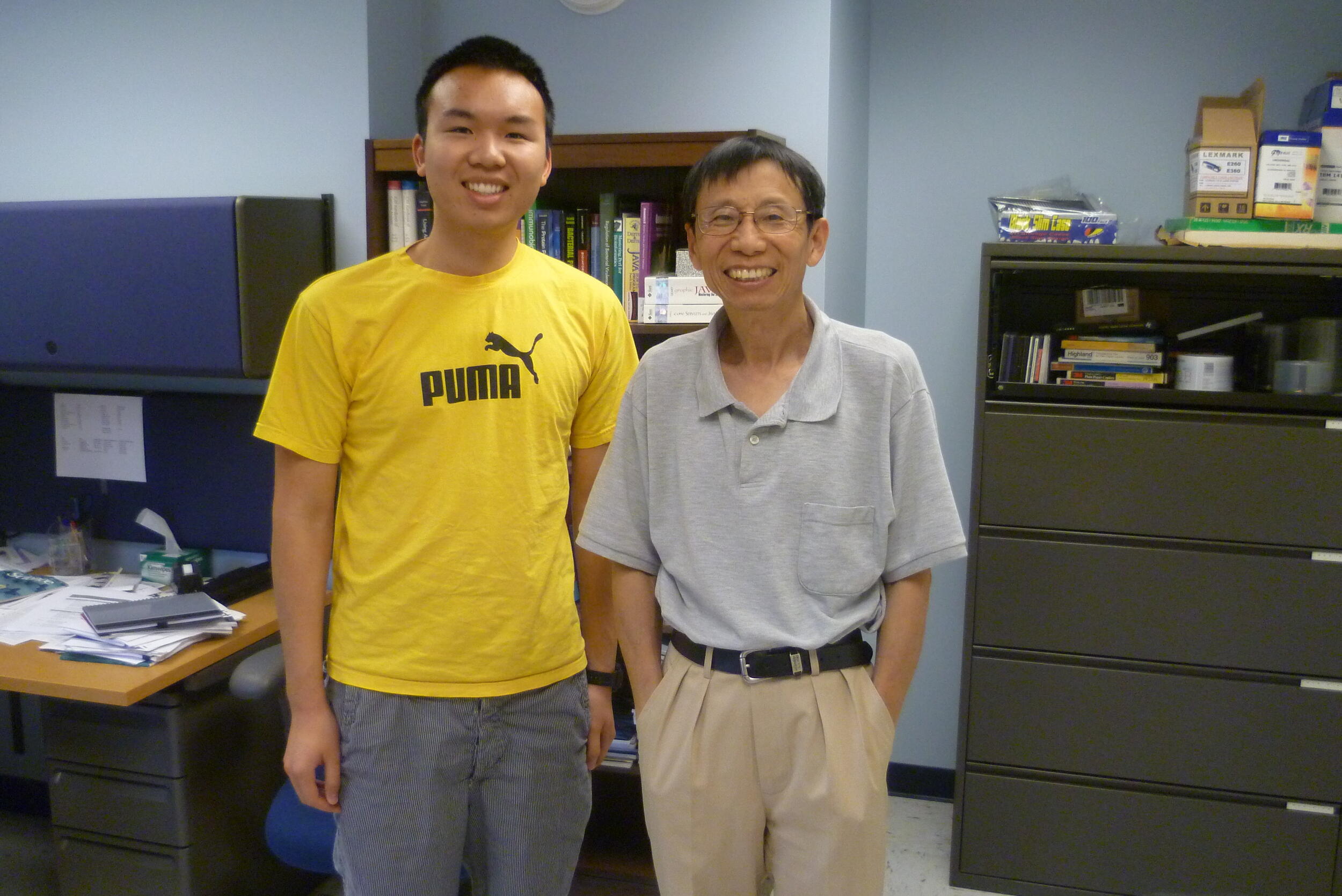
The project: “The Effect of Ion Concentration on Biofilm Formation of Streptococcus sanguinis” — Experimenting with different ion concentrations to control the growth of S. sanguinis, a bacteria that is common in the mouth and can lead to biofilm, infective endocarditis and other problems
The student researcher: Dylan Vu, junior, biology major
The faculty mentor: Ping Xu, Ph.D., professor, Philips Institute for Oral Health Research, School of Dentistry
Dylan Vu: Oral bacteria form naturally on the teeth in sheets called biofilm. S. sanguinis is one of the first oral bacteria attached on teeth, and other more harmful bacteria or species can grow on top of it. Biofilm can cause problems like cavities or periodontal infections. My project sought to control S. sanguinis biofilm growth by changing different ion concentrations. Ideally, a decrease in biofilm would mean a decrease in graver oral problems. Without Dr. Xu graciously allowing me to work in his lab, I could never have had the opportunity to work on this project. He entrusted me with a lot of independence while being supportive whenever I had questions or needed assistance. In the lab, I was able to clearly see biofilm, the speed at which it grows and the effect of small environmental changes on its growth.
Ping Xu, Ph.D.: Dylan works very hard and spent a lot of his free time in the lab trying to figure out how biofilm forms and develops. More than 80 percent of infectious disease is related to biofilm, so understanding more about what ions can reduce oral biofilm, such as dental plaque, could allow us to find more treatments, like fluoride, to help slow dental decay. Our lab works to find out how biofilm forms using state-of-the-art technology including genomics, bioinformatics and systems biology. Biofilm is tough to get rid of, but Dylan’s research is helping to understand how we can control it.
The results: Certain concentrations of silver nitrate, copper sulfate and zinc sulfate reduced biofilm formation completely, while other ions like iron sulfate weakened biofilms. It was also found that a decrease in bacterial growth was accompanied by a decrease in biofilm. Therefore, the majority of ions likely did not only affect biofilm formation, but were toxic and killed the bacteria. These results indicate which ions could be used for future research on how to control S. sanguinis biofilm formation.
Out of the comfort zone and into the community
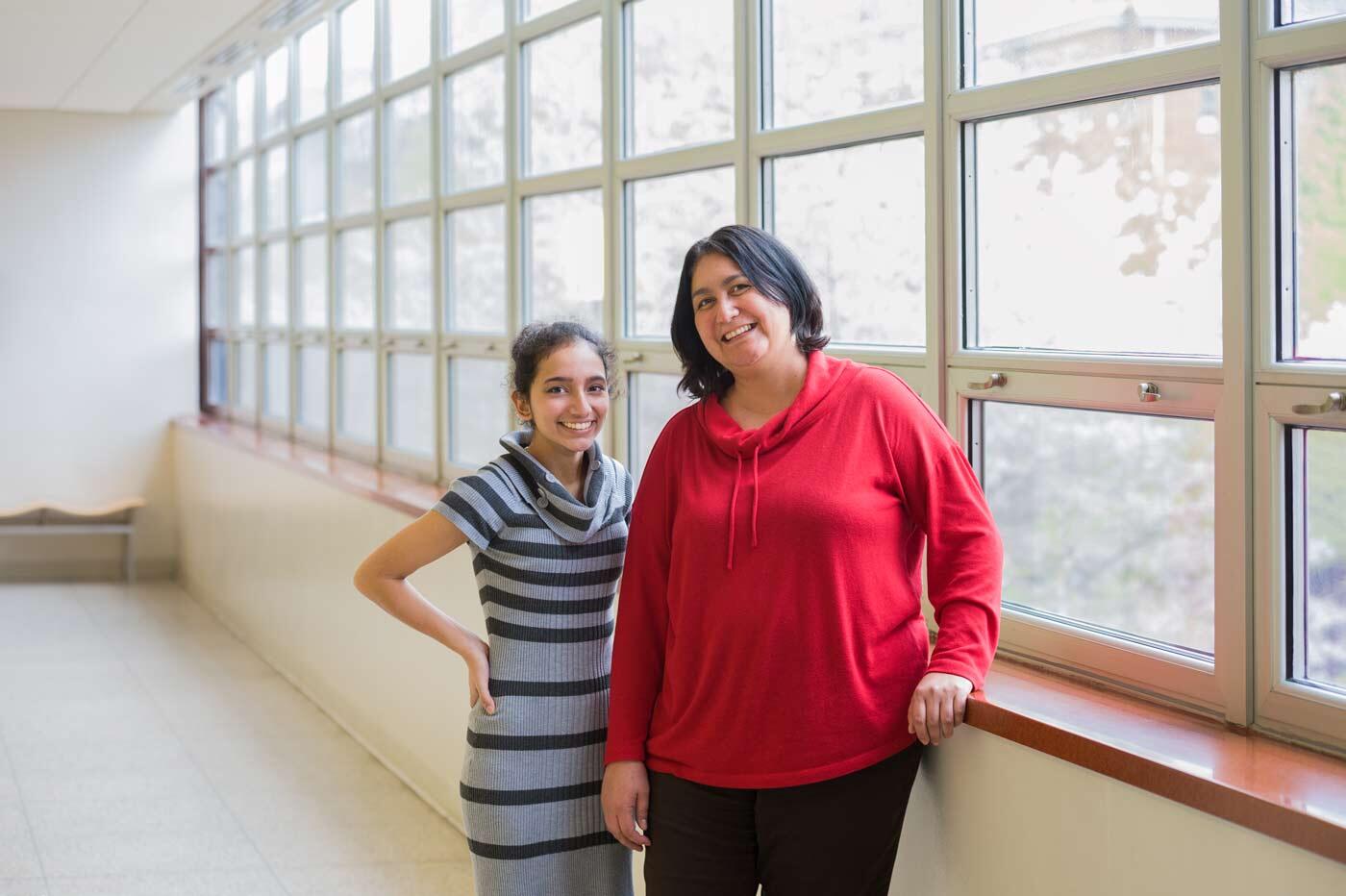
The project: “Possible Selves and Health Behaviors of Latino Adolescents” — A study identifying whether Latino adolescents’ future goals are related to their educational and health behaviors, and how their hopes and fears motivate those behaviors.
The student researcher: Neha Jadhav, junior, psychology major with a concentration in life sciences, pre-med; minoring in chemistry and creative writing
The faculty mentor: Rosalie Corona, Ph.D., associate professor, Department of Psychology; director, Clinical Psychology Program and Health Psychology Program; director, Latino Mental Health Clinic
Neha Jadhav: I got involved in this project as part of the Honors Summer Undergraduate Research Program through the Honors College. Our goal was, and is, to find a correlation between what Latino adolescents hope to become and what they’re afraid of becoming in the future, and how those outcomes can be improved. Having to step outside my own culture and comfort zone, I learned as much about myself as I did about the research topic.
Rosalie Corona, Ph.D.: It’s a great thing for undergraduates to go beyond the classroom into a real-world setting — to get out of the textbook and make it real, and see how research can contribute to the community. Neha sought us out when she was still a sophomore. She had an interest in psychology research and chose the Possible Selves project. For someone as young as she was when she started in research, I was really impressed with her natural ability in terms of the scientific process. She picked up on and was able to write and make manuscript contributions right away. Very quickly we realized that was a strength of hers, so she got to participate in tasks that I haven’t had undergrads working on that intensely.
The results: While the Possible Selves project is still ongoing, data analysis so far has identified several key findings. Few adolescents reported balance in their possible and feared selves, with nearly a quarter reporting an achievement possible self and a risky behavior feared self. This highlights the relevance of risky behaviors to Latino adolescents’ educational goals. Results suggest that prevention programs may want to focus on educational goals/outcomes and risk behaviors.
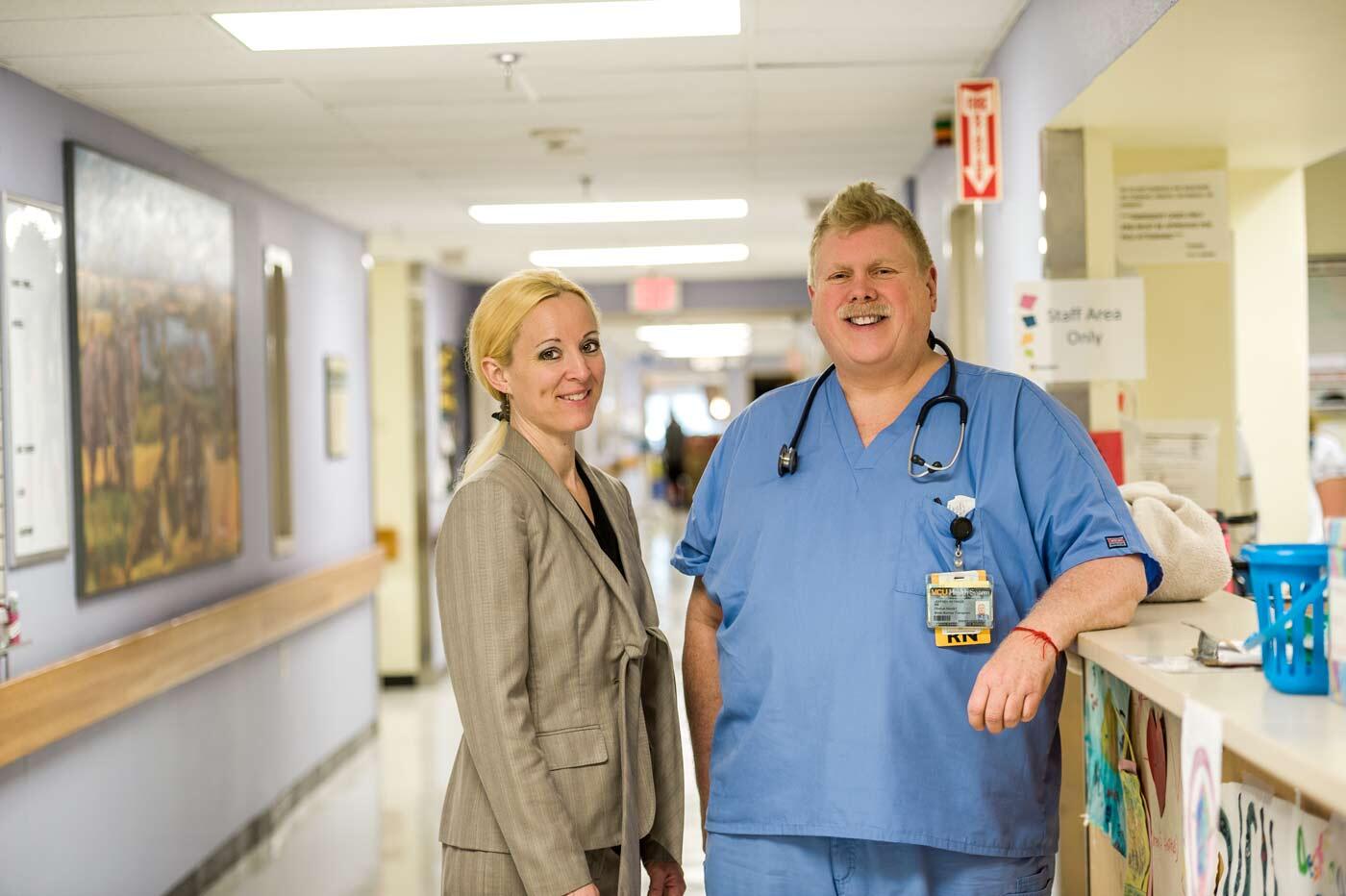
The project: “Neuroelectrocutaneous Therapy for Persistent Low Back Pain” — Data analysis of results from a study of the effectiveness of a noninvasive electrocutaneous (ScramblerTM) therapy for persistent low back pain in people who received the therapy versus those who received a sham treatment
The student researcher: Jeff Petraco, senior, nursing major, accelerated program
The faculty mentor: Angela Starkweather, Ph.D., ACNP-BC, CNRN, FAAN, associate professor and chair, Department of Adult Health and Nursing Systems
Jeff Petraco: The possibility of learning about pain research as well as a nonpharmacologic approach to pain management is very exciting. The concept of evidence-based practice is fundamental to contemporary nursing — to be able to further develop my research skills was a wonderful complement to my studies. I now have firsthand experience with the role of nurses in designing, implementing and publishing research, as well as a better understanding of the relationship between basic science research, medical research and nursing research.
Angela Starkweather, Ph.D.: Students are the future of our profession, so providing them with opportunities to be involved and see whether a career in nursing research is a good fit is extremely important. Jeff has been able to spend some time learning the behind-the-scenes operations of what it takes to make a research project successful. He is highly driven and motivated — I’ve been able to sit down with him and focus on data analyses, interpretation and dissemination. This project was a great way to involve him with some of the research we are doing at the School of Nursing and gave him an opportunity to network with other members of my research team so he could learn the different roles.
The results: Our research provides another valuable piece in the puzzle of understanding what genes expressed during pain might be worth further investigation. Analyzing this data comparing the differences between the two groups may help to identify possible genetic components of pathways for neuropathic pain, which could lead to developing a model of the neuropathic pain pathway. This may result in more effective interventions for both the remediation of acute pain and the prevention of chronic pain.
Font of wisdom: Letters from the Basque country
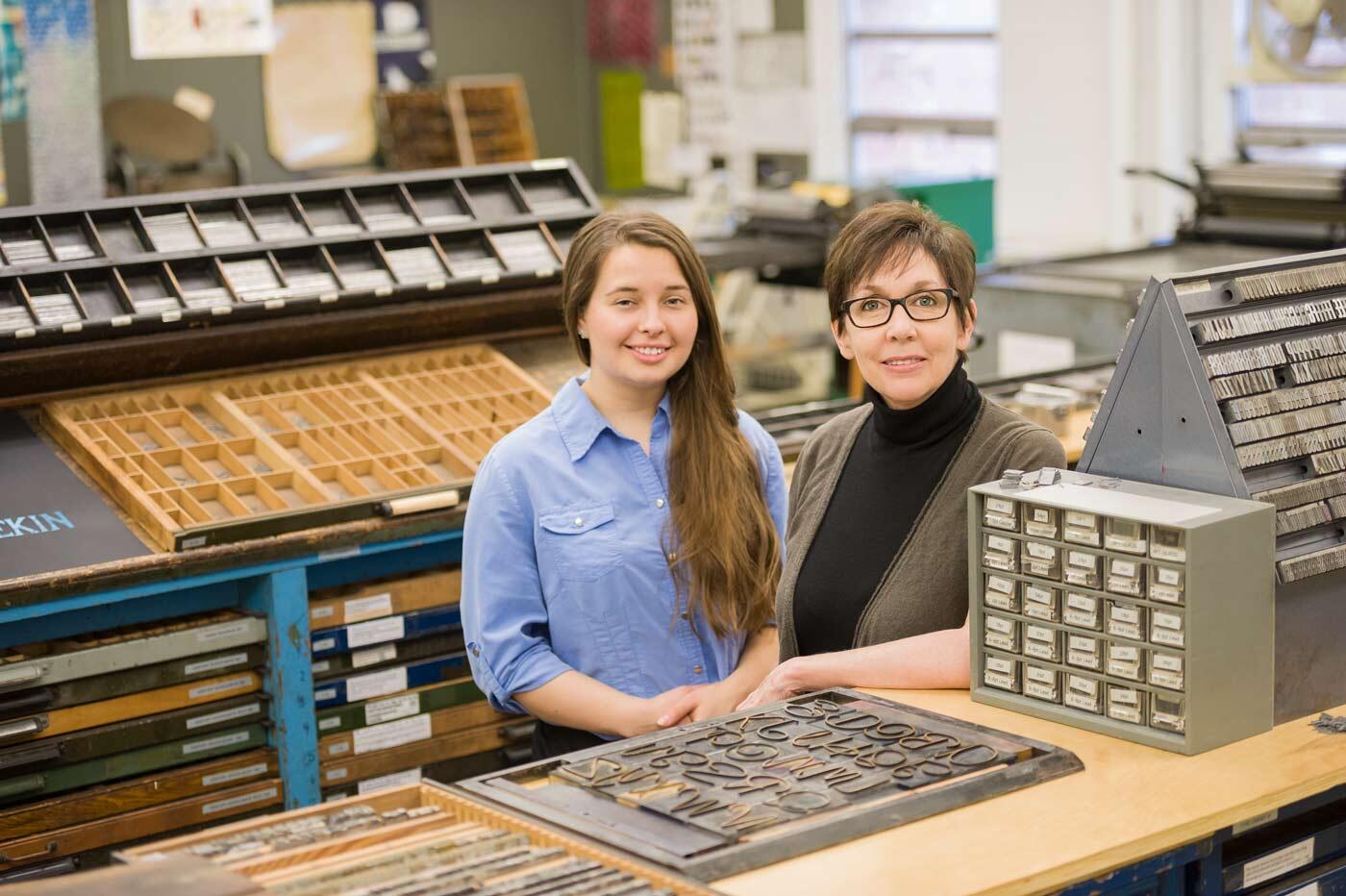
The project: “Capturing the Graphic Character of Cities” — A trip to the Basque country in southwestern France to study and document the unique letterforms of the region and how those inform and reflect broader influences in the culture, as well as link and translate the past to today
The student researcher: Anna Shcherbakova, junior, graphic design major; minor in media studies
The faculty mentor: Jamie Mahoney, assistant professor, Department of Graphic Design
Anna Shcherbakova: The practice of recording the graphic character of our cities and studying letterforms to get a sense of a place from the visual cues has always interested me. Curious as to how those cues evolve and take on the identity of a city or region, I traveled to France expecting ornate scripts and was instead introduced to traditional Basque letters. Putting together the proposal for the Dean’s International Travel Grant alone was a hard task that made me realistically think how I could accomplish what I wanted to do and made me a better communicator in expressing my ideas and coming up with precedents.
Jamie Mahoney: Anna found a topic that fascinated her and one that had not been studied extensively. The latter proved to be a challenge to her investigation, but as a result, Anna’s project is now a valuable source of knowledge in the history of typography and graphic design. Her passion for the topic fueled her curiosity, which in turn led to a wealth of research material through focused inquiry, interviews with primary sources and extensive visual documentation.
The results: From the very beginning, my project helped me identify what I was interested in outside the classroom. As a student, I am now more open to drawing inspiration for projects in unconventional ways and justifying the decisions I make with research. After coming back, I put together a presentation to the graphic design department that gave me a unique chance to present to my faculty and peers. Conducting a semester-long independent project made me stronger in establishing deadlines, curating an exhibition and visually communicating my experience in a unique way. It was a once-in-a-lifetime opportunity, but one that I hope I can duplicate in some way.
Subscribe for free to the weekly VCU News email newsletter at http://newsletter.news.vcu.edu/and receive a selection of stories, videos, photos, news clips and event listings in your inbox every Thursday. VCU students, faculty and staff automatically receive the newsletter. To learn more about research taking place at VCU, subscribe to its research blog, Across the Spectrum at http://www.spectrum.vcu.edu/
Subscribe to VCU News
Subscribe to VCU News at newsletter.vcu.edu and receive a selection of stories, videos, photos, news clips and event listings in your inbox.











